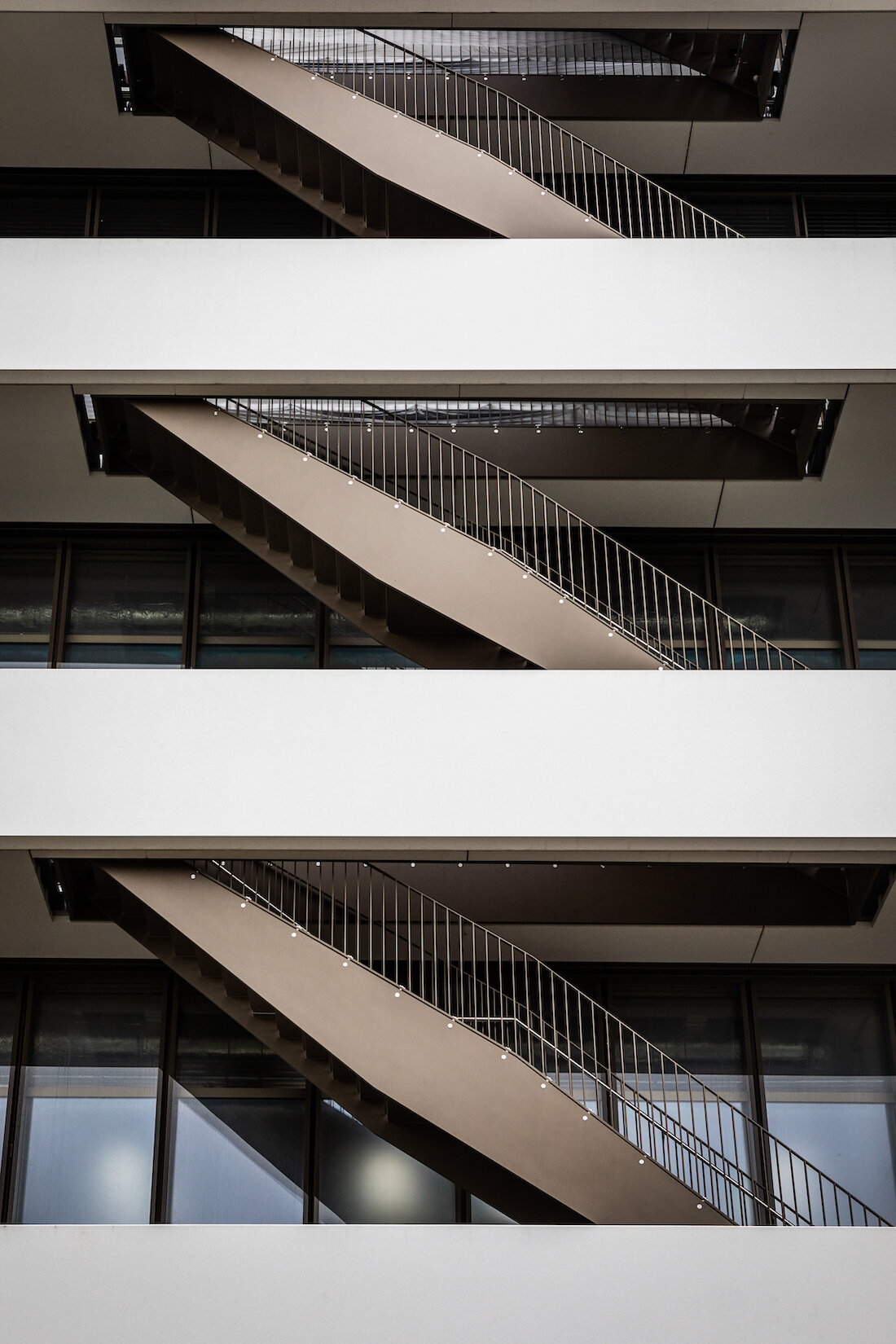Patek Philippe announces the completion of its new production building in Geneva and celebrates the occasion with the launch of the Calatrava reference 6007 in stainless steel in a 1,000-piece limited edition. The work that had started in 2015 of a new building on the outskirts of the city of Geneva has finally been completed. The highly modern architecture of this structure can unite all of the manufacture’s Genevan ateliers under one roof, a great advantage given the growing complexity of production operations. Moreover, it offers ample space for the rare handcrafts professionals and for basic and advanced training of the employees. With its impressive dimensions —10 floors and a length of 189 meters—, it expands the 1996 building complex and anticipates the manufacture’s growth in the next 20 to 30 years.
In 1996, under the auspices of then president Philippe Stern, Patek Philippe announced a pioneering achievement: the inauguration of a new manufacture of unmatched proportions in Plan-les-Ouates. The company was the first brand to establish a presence in this Genevan suburb community that was later referred to as “Plan-les-Watches”. The objective at the time was to reunite under one roof the individual business activities that were previously distributed across over a dozen sites throughout the city and to thus secure the independence of the company in the long term. Although the new building was generously sized, it soon proved again to be too small to cope with the manufacture’s vigorous growth. For this reason, the exterior operations —production of watch cases and bracelets as well as gem-setting— were relocated to the neighboring community of Perly in 2003. In 2009, the land was purchased to expand the plot in Plan-les-Ouates and an existing office building was converted into an atelier complex where, subsequently, all movement components were produced.
With the launch of the project for the construction of a new building, Thierry Stern —incumbent manufacture president since 2009— pursued two goals: the relocation of the ateliers from Perly to Plan- les-Ouates and the provision of additional space, especially for the growing production and training activities. The issue was not to noticeably increase the volume of watches produced from currently almost 62,000 pieces per year. Annual production is already limited in a natural way by the extremely strict quality directives of the Patek Philippe Seal. The strategy of Patek Philippe to broadly structure its current collection and the product palette of over 160 models that are crafted in series ranging from a dozen to several hundred pieces fitted with an extensive selection of calibers crafted in-house also increased the need for production space.
The new Patek Philippe building stands out with impressive dimensions: 189 meters long, 67 meters wide, 34 meters above ground, with 10 floors, of which four subterranean. Its modern architecture accentuates the landscape of Plan-les-Ouates. The large-format glazing —abundant daylight is a must— interacts with white concrete passageways along the entire façade and the intermittent bronze-colored fire escapes in the New York style. The impression is that of a huge ocean liner with clearly defined forms. And as in Patek Philippe watches, the subtlety of the ensemble melds with exceptionally refined details such as the slight horizontal curvature of the passageways reminiscent of the gently rounded octagon of the Nautilus case, or the balustrades of the fire escape ladders with a silhouette that resembles the form of leaf-shaped hands.
The interior spaces are divided into five segments that are separated by four staircases and include 20 passenger and freight elevators. The ground floor and the first floor are reserved for production and manual finissage of movement parts —plates, bridges, wheels, form parts, etc.— while the focus on the second floor is machining, manual polishing, and the assembly of exterior parts —cases, bracelets— and gem-setting. In addition to the production of the current collection, these ateliers are also responsible for crafting the inventory of spare parts needed by customer service, a key success factor for Patek Philippe. The restoration of antique timepieces also takes place here.
The third floor accommodates further production-related departments such as Research & Development in the fields of new materials and new technologies —Patek Philippe Advanced Research—, an haute horlogerie department and a new unit for prototyping operations. The fourth floor provides space for further evolving and handing down of the rare handcrafts skills that Patek Philippe has actively promoted —manual engraving, enameling, guillochage, wood micromarquetry, etc. In addition to an auditorium that seats 299 persons, the same floor also has rooms where watchmakers and staff members of the international sales network receive training.
On the fifth floor, the building is crowned by a penthouse restaurant for 880 guests as well as four VIP lounges, all with a fantastic panoramic view of the landscape and the nearby mountains. Wardrobes are located along a large “boulevard” in the first basement, allowing staff members to circulate freely before continuing on to their workstations at different levels. The four basement floors also contain all building technology installations as well as a parking facility for a total of 635 vehicles.
With its envelope and technical equipment, the new Patek Philippe building complies with the “Haute Performance Energétique (HPE)” standards pursuant to the energy laws of the canton of Geneva, Switzerland. Thus, waste heat, for example, is used for heating purposes. An application has been filed for the Minergie-P label, the highest energy efficiency classification. The total investment for the construction of this building was CHF 600 million Swiss Francs, of which CHF 500 million Swiss Francs for the structure and CHF 100 million for interiors as well as the avant-garde technical resources.
To put things in perspective, the building volume is equivalent to seven Airbus A380 and it took as much rebar steel as two Eiffel Towers would’ve taken. The building concept was done by Frisk de Marignac Pidoux and the Interior by Frei & Stefani SA.
For more info on Patek Philippe click here.























